If you ever want to strike up an argument with two suckler farmers, start talking about breeding indexes and stars.
There are three types of suckler farmer out there, those who think figures are the way to go and that everybody needs to use them, those that think figures shouldn’t be looked at and instead to use your eye to judge the good ones, and then lastly, there are those who like to breed good animals and use figures and indexes to back them up as a tool, so to speak.
I have my foot firmly in this third camp. Figures are good, but they aren’t everything.
Irish suckler farmers are massively passionate about breeding, and a lot of them really enjoy the breeding aspect of the business by breeding top-quality stock. To take this art of ‘picking out a good one’ wouldn’t be good for the long-term future of our suckler herd.
However, we are world-renowned in terms of our genetic databases and genomic testing here in Ireland, and we should be using these tools to our advantage when making our breeding decisions.
Before genetics and testing
If we rewind the clock back to the 1970s, Irish suckler farmers had none of these technologies available to them.
If, for example, you wanted to know if a bull was going to breed heifers with milk, you would have to chase up his back-breeding and just take a chance that the milk line would come through. You would then have to wait four to five years to see if his daughters had milk.
Meanwhile, you would have three to four crops of calves on the ground, so genetic progress was much slower than it is now.
Now, we can take a tissue sample through a tag, get it analysed inside a few weeks and then have a genomic index that will predict – with a high level of accuracy – what the genetic performance of that animal will be in its lifetime.
In the case of breeding heifers with milk, if it comes back with poor milk traits, you don’t need to take the chance on her.
Second-hand car
It’s a bit like buying a second-hand car.
Most people will flip the bonnet to see what the engine is like; the car might look immaculate on the outside, but when you flip the bonnet, you notice an oil leak and a fan belt ready to break.
Taking a genomic sample from an animal is like looking under the bonnet at the parts you can’t see.
You could have a fabulous E grading heifer that would win first prize in every show in the country, but when you flip the bonnet, you can see through the genomic test that her daughters won’t have any milk and will be harder to get in calf.
That doesn’t make this animal a bad animal. She just doesn’t have good maternal traits. She may make a lot of money in the mart or factory, but she may not be a good animal to keep for breeding.
Sometimes the show ring can confuse things. If we see animals getting first place, we think, “she’s the one to keep”.
A profitable suckler cow will have a calf every year, rear a good-quality calf with a good weaning weight, be docile and easily kept.
People who specialise in show cattle are very good at what they do, but it’s probably not for everybody and some of these show calves can be difficult to calve and rear. Its a ‘horses for courses’ matter, so everybody should decide what they are good at and stick to that.
Tips for picking the right animal
I often get asked about picking bulls or heifers at sales based on figures. For me, it’s a three-pronged approach.
Look at the animal. You check the animal for breeding soundness. Have they got good feet and legs, and do they walk well? Have they got good breed characteristics, good length, depth of body and a good head? A good animal should be round in the right places or level in others. Be wary of too much flesh, as this can hide some bad points. You want an animal to thrive when you have it, so avoid over-done cattle.Check bloodlines in the catalogue. The sire is the father and the dam is the mother. You will have an idea of the animal’s genetics and what they may bring to the party by looking at the breeding of the pedigree. You tend to build up views of different cattle and how they breed over years of following animals at sales. Some bloodlines cross well with each other, while others don’t.Look at the indexes and stars. If all three align, proceed to the ringside to give your best shot at buying the animal. Depending on the job that you want the animal for, you will be looking at the Replacement Index or Terminal Index. Know what you are looking for and look for good reliability when looking at figures.What are Eurostar
Indexes?
The €urostar Index is a profit-focused index, designed for Ireland’s beef sector. It is divided into Terminal and Replacement indexes, with traits grouped together according to their importance.
Terminal Index
The principle of the Terminal Index is based on low costs of production – ie low costs associated with calving, low mortality, short gestation and less feed consumed/kilogram of carcase for as high a return as possible.
In short, this index estimates how profitable an animal’s progeny will be with regards to live weight, carcase conformation and being finished.
Replacement Index
This index estimates how suitable an animal’s daughters will be for calving, milk, fertility and ultimately, being low-maintenance suckler cows.
Cow Contribution accounts for performance of direct daughters for milk, calving interval and cull cow weight, while Calf Contribution reflects the performance of the progeny of daughters for traits, such as feed intake, carcase weight and carcase conformation.
If you ever want to strike up an argument with two suckler farmers, start talking about breeding indexes and stars.
There are three types of suckler farmer out there, those who think figures are the way to go and that everybody needs to use them, those that think figures shouldn’t be looked at and instead to use your eye to judge the good ones, and then lastly, there are those who like to breed good animals and use figures and indexes to back them up as a tool, so to speak.
I have my foot firmly in this third camp. Figures are good, but they aren’t everything.
Irish suckler farmers are massively passionate about breeding, and a lot of them really enjoy the breeding aspect of the business by breeding top-quality stock. To take this art of ‘picking out a good one’ wouldn’t be good for the long-term future of our suckler herd.
However, we are world-renowned in terms of our genetic databases and genomic testing here in Ireland, and we should be using these tools to our advantage when making our breeding decisions.
Before genetics and testing
If we rewind the clock back to the 1970s, Irish suckler farmers had none of these technologies available to them.
If, for example, you wanted to know if a bull was going to breed heifers with milk, you would have to chase up his back-breeding and just take a chance that the milk line would come through. You would then have to wait four to five years to see if his daughters had milk.
Meanwhile, you would have three to four crops of calves on the ground, so genetic progress was much slower than it is now.
Now, we can take a tissue sample through a tag, get it analysed inside a few weeks and then have a genomic index that will predict – with a high level of accuracy – what the genetic performance of that animal will be in its lifetime.
In the case of breeding heifers with milk, if it comes back with poor milk traits, you don’t need to take the chance on her.
Second-hand car
It’s a bit like buying a second-hand car.
Most people will flip the bonnet to see what the engine is like; the car might look immaculate on the outside, but when you flip the bonnet, you notice an oil leak and a fan belt ready to break.
Taking a genomic sample from an animal is like looking under the bonnet at the parts you can’t see.
You could have a fabulous E grading heifer that would win first prize in every show in the country, but when you flip the bonnet, you can see through the genomic test that her daughters won’t have any milk and will be harder to get in calf.
That doesn’t make this animal a bad animal. She just doesn’t have good maternal traits. She may make a lot of money in the mart or factory, but she may not be a good animal to keep for breeding.
Sometimes the show ring can confuse things. If we see animals getting first place, we think, “she’s the one to keep”.
A profitable suckler cow will have a calf every year, rear a good-quality calf with a good weaning weight, be docile and easily kept.
People who specialise in show cattle are very good at what they do, but it’s probably not for everybody and some of these show calves can be difficult to calve and rear. Its a ‘horses for courses’ matter, so everybody should decide what they are good at and stick to that.
Tips for picking the right animal
I often get asked about picking bulls or heifers at sales based on figures. For me, it’s a three-pronged approach.
Look at the animal. You check the animal for breeding soundness. Have they got good feet and legs, and do they walk well? Have they got good breed characteristics, good length, depth of body and a good head? A good animal should be round in the right places or level in others. Be wary of too much flesh, as this can hide some bad points. You want an animal to thrive when you have it, so avoid over-done cattle.Check bloodlines in the catalogue. The sire is the father and the dam is the mother. You will have an idea of the animal’s genetics and what they may bring to the party by looking at the breeding of the pedigree. You tend to build up views of different cattle and how they breed over years of following animals at sales. Some bloodlines cross well with each other, while others don’t.Look at the indexes and stars. If all three align, proceed to the ringside to give your best shot at buying the animal. Depending on the job that you want the animal for, you will be looking at the Replacement Index or Terminal Index. Know what you are looking for and look for good reliability when looking at figures.What are Eurostar
Indexes?
The €urostar Index is a profit-focused index, designed for Ireland’s beef sector. It is divided into Terminal and Replacement indexes, with traits grouped together according to their importance.
Terminal Index
The principle of the Terminal Index is based on low costs of production – ie low costs associated with calving, low mortality, short gestation and less feed consumed/kilogram of carcase for as high a return as possible.
In short, this index estimates how profitable an animal’s progeny will be with regards to live weight, carcase conformation and being finished.
Replacement Index
This index estimates how suitable an animal’s daughters will be for calving, milk, fertility and ultimately, being low-maintenance suckler cows.
Cow Contribution accounts for performance of direct daughters for milk, calving interval and cull cow weight, while Calf Contribution reflects the performance of the progeny of daughters for traits, such as feed intake, carcase weight and carcase conformation.




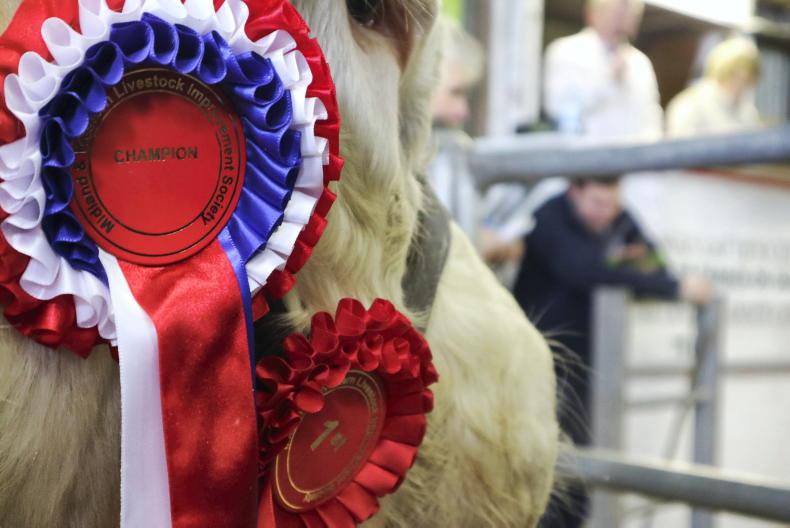
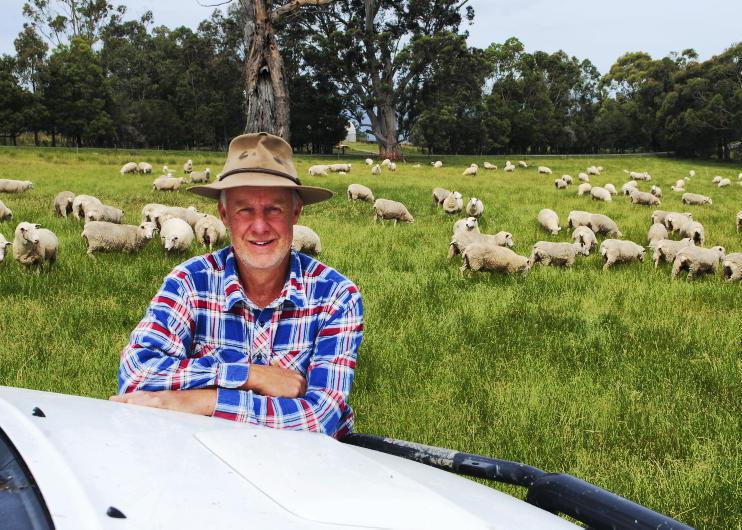

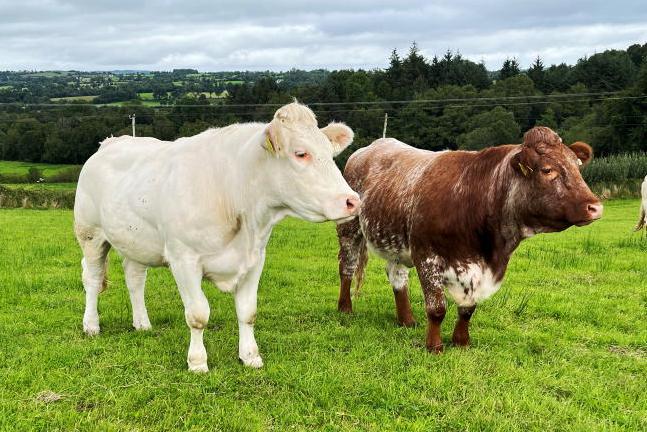
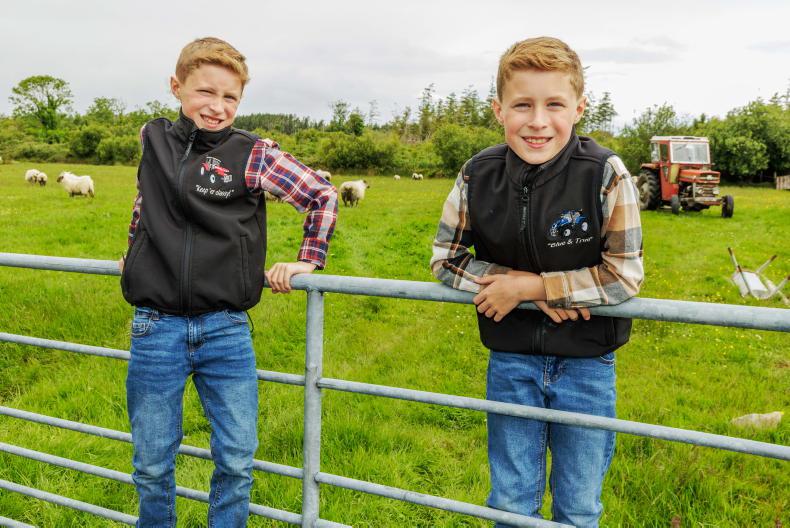
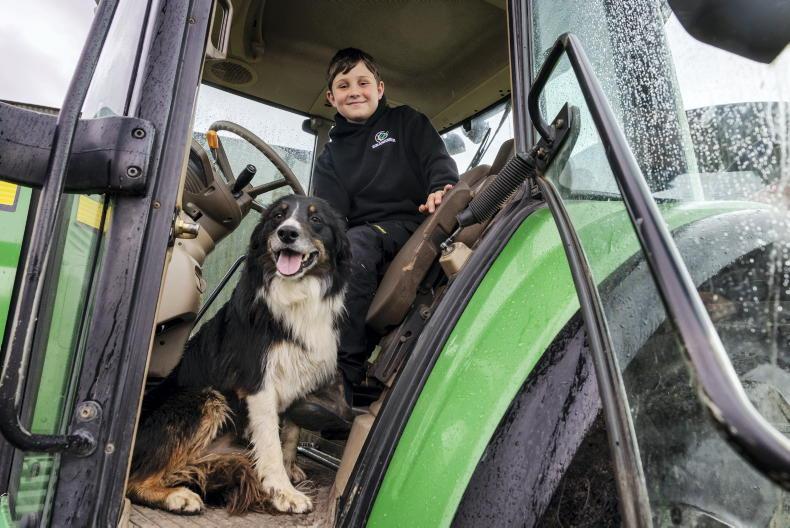
SHARING OPTIONS